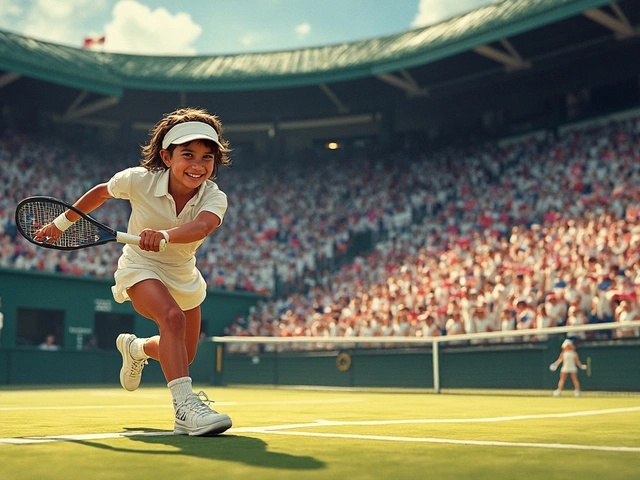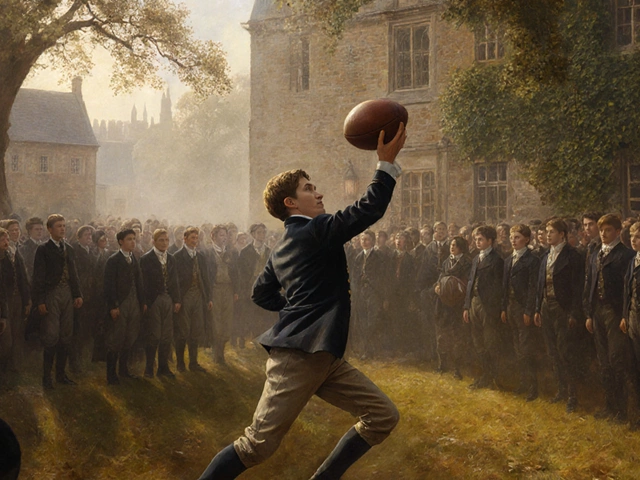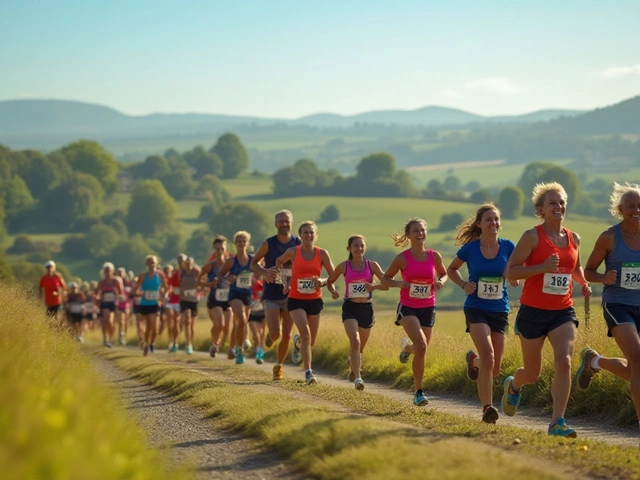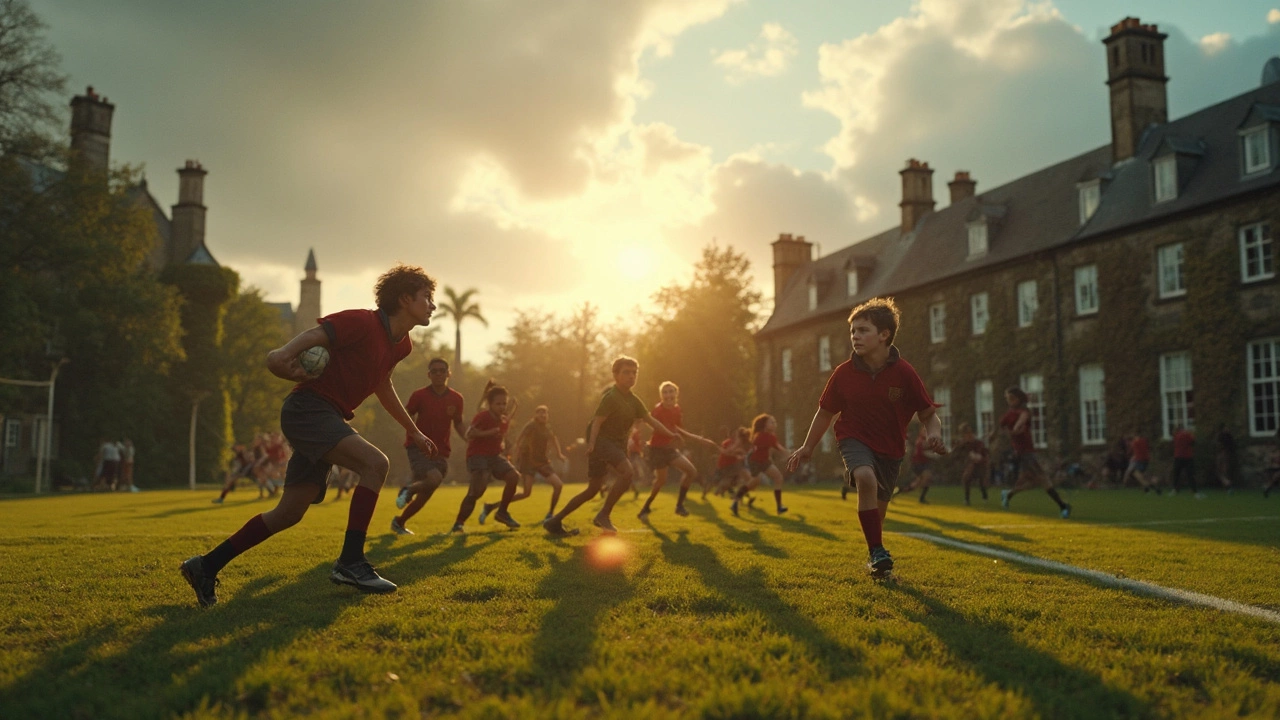
Rugby Fixtures June 4, 2025
Best Rugby School in the World: Where Does the Crown Really Belong?
If you ask any rugby fanatic about the best rugby school in the world, expect plenty of loud opinions. Some swear by New Zealand’s nursery schools, others point to powerhouse programs in South Africa or England. But what actually sets a rugby school apart from the rest? It’s not just about winning games—although those Saturday match trophies sure get people talking.
A truly elite rugby school is a factory for future stars, obsessively focused on skill, teamwork, and character. They don’t just churn out good players; they shape leaders who feel at home both on and off the pitch. Their fixtures are regularly stacked with high-pressure games, and their rivalries are the stuff of local legend.
If you’re looking up rugby schools for your own journey, or you just want to know why some names keep popping up match after match, you’ll want to know what these schools are really doing differently. Let’s take a closer look at what matters: deep history, epic fixtures, coaching genius, and the kind of traditions that make rugby way more than just a sport.
- What Makes a Rugby School Truly Great?
- Heavyweights: Top Contenders for Best Rugby School
- Legendary Fixtures and Iconic Rivalries
- Training, Culture, and Pathways to Professional Rugby
- Tips for Choosing the Right Rugby School
What Makes a Rugby School Truly Great?
It’s easy to spot a school with a strong rugby vibe—but actually being called the best rugby school in the world? That takes more than just a few shiny trophies. The schools that reach this level have something special running through everything they do, on and off the field.
First up: history matters, big time. Schools like New Zealand’s Christchurch Boys’ High and South Africa’s Grey College have been playing rugby for more than a century. These schools treat rugby almost like a tradition handed down from one generation to the next, and that shows up in the way they play.
Coaching is a major deal, too. The best schools attract top-tier coaches with serious experience. For example, Wellington College in England brings in retired pros to run training camps, while South Africa’s Paul Roos Gymnasium has a network of experienced coaches tracking players even after they graduate. These coaches know how to turn raw talent into tactical machines.
It’s not just skills and drills. Great rugby schools focus on fitness, nutrition, injury management, and even mental strength. Many partner up with physios, nutritionists, and sports psychologists. You wouldn’t believe how much detail goes into prepping for those big fixtures—some schools have GPS trackers on players to analyze every movement.
Fixtures and rivalries also crank up standards. When a school faces tough competition week after week—think Millfield’s clashes in England or Hamilton Boys’ challenging their Kiwi neighbors—the players naturally level up. These matchups are watched by scouts from pro teams, and many international stars, like Richie Mo’unga (Christchurch Boys’) or Andre Esterhuizen (Grey College), were first noticed during big school fixtures.
- Longstanding rugby tradition and values
- High-quality, experienced coaching
- Focus on all-round player welfare and psychology
- Regular, competitive fixtures with top-ranked schools
- A network that supports players even after graduation
Put simply, it’s a mix of passion, planning, and competitive grit that makes a rugby school stand out. The best ones live and breathe rugby—every single day.
Heavyweights: Top Contenders for Best Rugby School
When it comes to the best rugby school, a handful of legendary names always come up. Let’s start with Grey College in Bloemfontein, South Africa. They’ve produced over 45 Springboks, including stars like Ruan Pienaar and Frans Steyn. Their annual fixture list is brutal—think Paul Roos, Affies, Paarl Gim, and other heavy-hitters—so their reputation isn’t just talk.
Across the globe, New Zealand’s Christchurch Boys’ High School punches way above its weight. This single school has given us All Blacks like Dan Carter and Aaron Mauger. Their focus on open, running rugby is world famous, and their matches against rivals like Otago Boys’ and Nelson College draw crowds year after year.
If you’re scouting tradition, England’s Rugby School can’t be ignored. After all, the school literally gave the world the game when William Webb Ellis allegedly picked up the ball and ran with it in 1823. While they don’t always dominate the schoolboy rankings anymore, their fixtures and their contribution to the sport’s DNA are unmatched.
Then there’s Millfield School in the UK. They’re considered a rugby machine—offering top-level coaching, professional setups, and a pathway that’s set players like Chris Robshaw and Mako Vunipola on the road to international stardom. Their inter-school clashes pack stands and often feature talent that’ll be seen in Premiership Rugby just a few years later.
"These schools aren’t just about scores—they’re about culture, production lines of talent, and pushing each other to ridiculous levels every single week," says rugby journalist Mike Pearce. "If you want the best shot at going pro, these are the battlegrounds."
Don’t overlook Australia’s St Joseph’s College, either. They’re famous for the GPS competition—one of the toughest schoolboy rugby leagues out there—and they’ve sent dozens of players into Super Rugby and the Wallabies. Their annual St Joseph’s Rugby Festival also attracts the best of the best from all over the UK and Ireland.
The reason these schools always top the lists? Simple—they mix ruthless fixtures, insane coaching, and an environment where rugby isn’t just a game, it’s the heart of the school.
Legendary Fixtures and Iconic Rivalries
Here’s where things get heated: the world’s top rugby schools don’t just play games, they build entire seasons around legendary fixtures. These clashes go way beyond bragging rights—some matches have been fought out for over a hundred years and can draw crowds in the thousands. The oldest schoolboy rugby rivalry? That title probably goes to Rugby School in England, which first faced Marlborough College in 1864. These games aren’t just for fun; they’ve turned schoolboys into rugby legends.
In South Africa, Grey College versus Paul Roos Gymnasium is the type of match where scouts are guaranteed to have their notepads out. Both schools are on the radar because they’ve produced more Springbok internationals than any other, with the annual fixture seen as a who’s who of future stars.
New Zealand isn’t shy either. King’s College taking on Auckland Grammar School always feels like a mini-final, with both sides packed full of players headed toward the All Blacks pipeline. Back in 2022, over 5,000 spectators squeezed into the stands just to witness this schoolboy showdown.
“For many, these fixtures are the real test — the atmosphere, the pressure, the history. Playing your school’s rival in front of a packed crowd, with old boys turning up just to watch, is bigger than any cup final,” says Sir Graham Henry, former All Blacks coach.
What’s wild is how much these rivalries feed into the culture. Preparation for rivalry games means intense video sessions, late-night lineout practice, and teammates pushing each other harder than ever. Coaches often admit these games are more stressful than national finals—a single dropped ball can go into school folklore.
| School Pair | Country | Started | Notable Fact |
|---|---|---|---|
| Rugby School vs Marlborough | England | 1864 | Oldest fixture in schoolboy rugby |
| Grey College vs Paul Roos Gymnasium | South Africa | 1960s | Most Springbok players from these schools |
| King’s College vs Auckland Grammar | New Zealand | 1896 | 5,000+ spectators for annual match |
If you care about choosing a best rugby school, look at their fixture list. The biggest names don’t shy away from tough opposition—they seek out chaos, drama, and rivalry. That’s where the real legends earn their stripes.
Training, Culture, and Pathways to Professional Rugby
If you’ve ever wondered why the top rugby schools keep popping out world-class players, it’s not luck. These places treat training like a science and build a culture that’s all about commitment. At best rugby school contenders like Grey College in South Africa, New Zealand’s Hamilton Boys’ High School, and England’s Millfield, the rugby program is as serious as any pro club’s setup.
Most top schools train five times a week, mixing skills, team tactics, strength sessions, and clear recovery plans. For example, Hamilton Boys’ High uses GPS trackers to monitor how much ground players cover. This isn’t just about running laps—every session is recorded and analyzed. Same goes for nutrition. Schools like Millfield have on-site nutritionists helping kids build muscle and avoid injuries with smart eating.
Here’s what students can expect from a typical week at a rugby powerhouse:
- Early morning gym workouts focused on core and lower-body strength
- Afternoon field drills—think handling, set-pieces, ruck timing
- Strategy sessions breaking down opposition teams and reviewing match footage
- Sports psychologists teaching mental toughness and focus
- Regular meetings with medical staff to prevent and treat injuries
Culture is another deal-breaker. At New Zealand’s top schools, success isn’t just about talent. Being on the 1st XV (that’s the A-team) means showing respect, turning up to training ready, helping out with young players, and living up to your crest. Most future pros mention the “team first” mindset they learned at school as a big reason they made it to the next level.
And the pathway to pro rugby? The best schools have recruiters visiting regularly. Here’s a quick look at top schools and how many players they send to professional or international teams:
| School | Country | Pro/International Graduates (Past 10 Years) |
|---|---|---|
| Grey College | South Africa | 45+ |
| Hamilton Boys’ High School | New Zealand | 35+ |
| Millfield School | England | 20+ |
Don’t overlook how many old boys come back as coaches or mentors—passing on knowledge or even opening doors to club trials. The link between top schools and pro opportunities is real. Most kids dreaming of a contract have an alumni network ready to help.
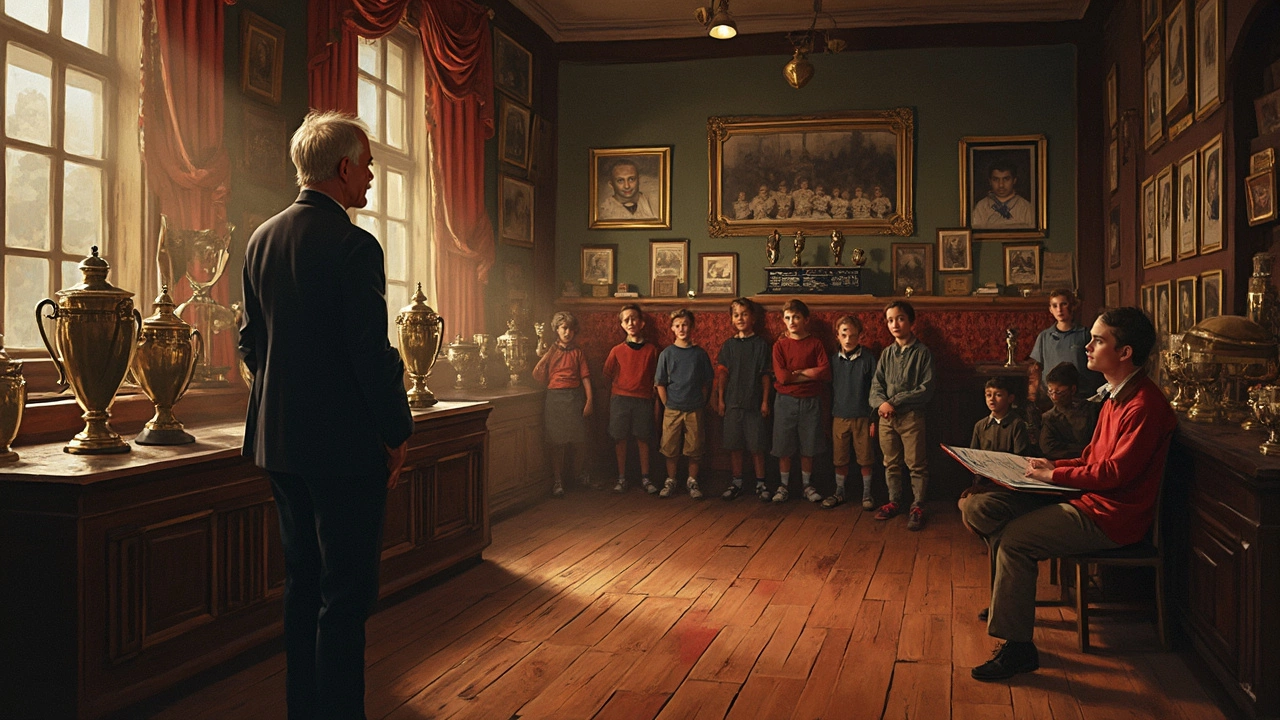
Tips for Choosing the Right Rugby School
Picking the right rugby school isn’t just about chasing trophies—although joining a winning side does feel good. You want a place that balances top-level rugby fixtures, serious coaching, and a supportive environment for both sport and studies. Here’s what you should keep your eyes on if you’re thinking about the next step.
Make sure you size up these key factors:
- Best rugby school reputation: Look up the school’s recent records. Places like Grey College in South Africa or Wellington College in England have years of consistent wins, and their old boy networks can open doors for you later.
- Facilities and coaching: Check out their pitches, gyms, and who’s calling the shots. Schools like Hamilton Boys’ High in New Zealand are well known for top-of-the-line facilities and coaches with international experience.
- Balance with academics: Rugby’s important, but do they support your other studies? Rugby schools like Millfield in England offer strong academic support, making sure students are not left behind in the classroom.
- Player pathways: How many of their players make it to pro teams or national squads? For example, Grey College has produced over 45 Springboks, and Christchurch Boys’ High boasts a long list of All Blacks alumni.
- Match fixtures and rivalries: Are you playing against top teams every week? Look for schools in competitive leagues or with regular big-game rivalries, as that’s when you’ll really develop as a player.
Here’s a real-world look at player pathways from some of the top schools:
| School | Country | Notable Alumni (National Caps) |
|---|---|---|
| Grey College | South Africa | 45+ Springboks |
| Christchurch Boys’ High | New Zealand | 46 All Blacks |
| Millfield | England | Over 40 internationals |
| Hamilton Boys’ High | New Zealand | Dozens of Super Rugby players |
| Blackrock College | Ireland | 100+ Irish internationals |
For families and players still deciding, try visiting schools during open days or pop in on big fixture weekends. Talk to current players about their daily routines and support structures—they’ll give you the honest take you won’t find on a shiny brochure. Being practical and asking direct questions is the best way to find where you’ll thrive both on the pitch and off.
